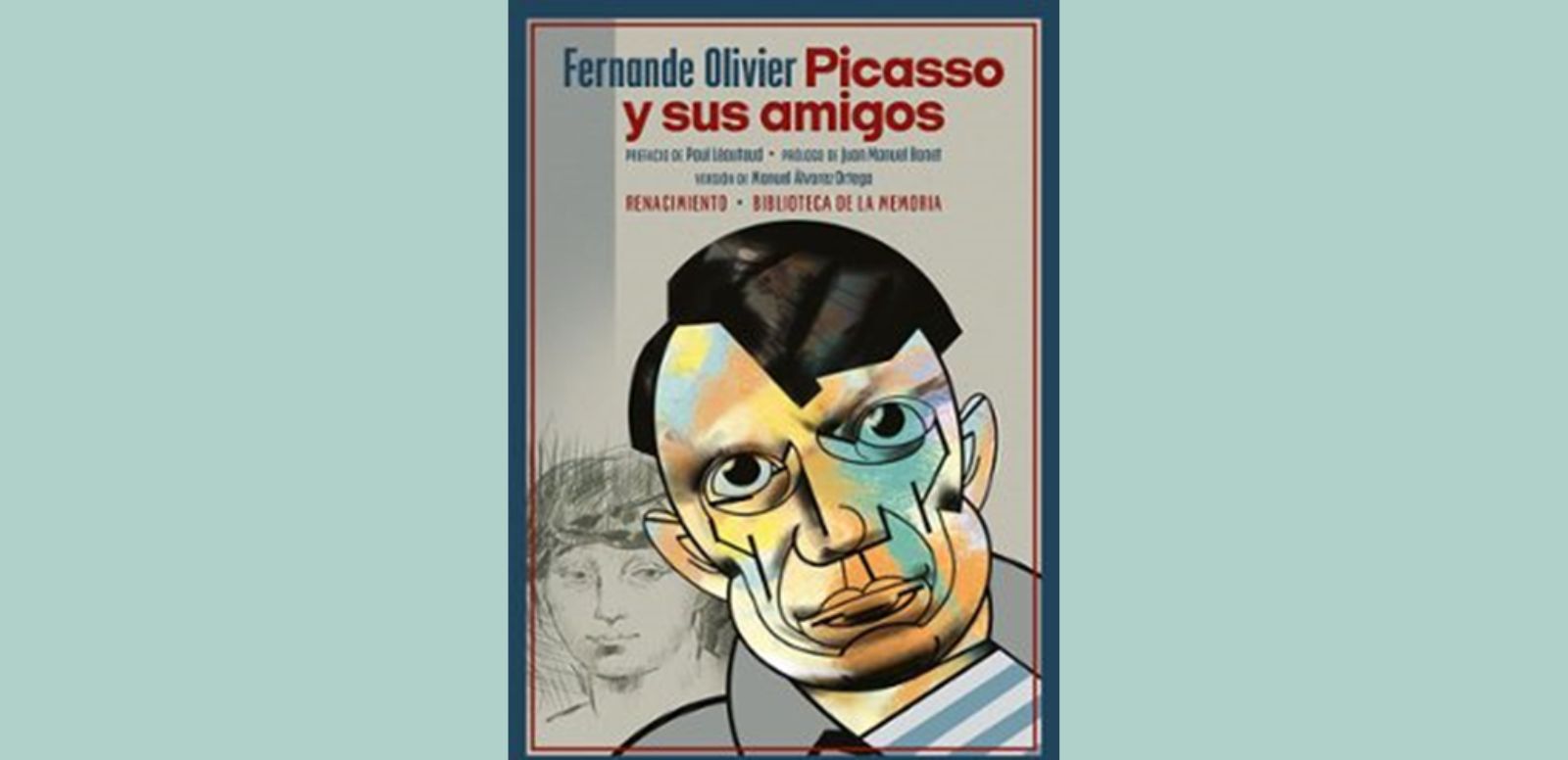
Picasso and His Friends, written in 1933, is an illuminating account of the life of the young and passionate Pablo Picasso through the eyes of his partner, Fernande Olivier. This book is an intimate introduction to the bohemian and artistic milieu of 20th century Paris, whose relevance has grown over the years.
Fernande Olivier, who had a relationship with Picasso between 1905 and 1912, is the central character in this story, showing the circle of people who surrounded Picasso. Artists such as Henri Rousseau, Kees Van Dongen and Georges Braque, renowned art dealers such as Ambroise Vollard and poets such as Max Jacob, Apollinaire and Gertrude Stein, among others, appear in this book, leaving anecdotes and experiences that are now part of art history.
This literary work includes descriptions of typical places of Parisian bohemia, such as the Bateau-Lavoir, the Lapin Agile and the Closerie des Lilas, cafés and bars frequented by artists and which have now also been presented in exhibitions of the Picasso Celebration, such as the one held at the Musée de Montmartre, Fernande Olivier and Pablo Picasso, in the intimacy of the Bateau-Lavoir. In the Spanish edition of Renaissance, the book opens with an intimate narrative by French writer Paul Léautaud followed by a foreword by art historian Juan Manuel Bonet that provides a historical overview and a glimpse of Parisian life at the time.
As the pages progress, one senses the metamorphosis of Picasso and Fernande Olivier's friends into classic figures. This literary work is positioned as a testimony of the life of the Spanish genius and as a window into an era of artistic revolution.
About the author Fernande Olivier
Fernande Olivier, born June 6, 1881 in Paris, is known for having captured her relationship with Picasso in two books, Intimate Memories (written for Picasso) and Picasso and His Friends.
In 1904 she met Picasso at the famous Bateau-Lavoir in Montmartre, a bohemian enclave that congregated creators such as Guillaume Apollinaire and André Salmon. Olivier captivated Picasso and began a relationship that would become an inexhaustible source of inspiration.
Picasso's pink period, between 1905 and 1906, saw Olivier immortalized in works such as Portrait with a Black Mantilla (1905), now in the Guggenheim Museum in New York, and the sculpture Head of a Woman (1906). His influence lingers even in the evolving path toward Cubism, as evidenced in Les Demoiselles d'Avignon (1907).
The separation of Picasso and Olivier in 1912 did not dilute its impact on the artist's life. In 1930, Olivier shared memories of their relationship in a series of chapters in the Belgian newspaper Le Soir, later compiled in the book Picasso et ses amis (Picasso and His Friends).
Sources:
Museu Picasso Barcelona: https://museupicassobcn.cat/es/actualidad/descubre-online/habitantes-del-museu-fernande-olivier-la-primera-musa-de-picasso
Casa del Libro: PICASSO Y SUS AMIGOS | FERNANDE OLIVIER | Casa del Libro

